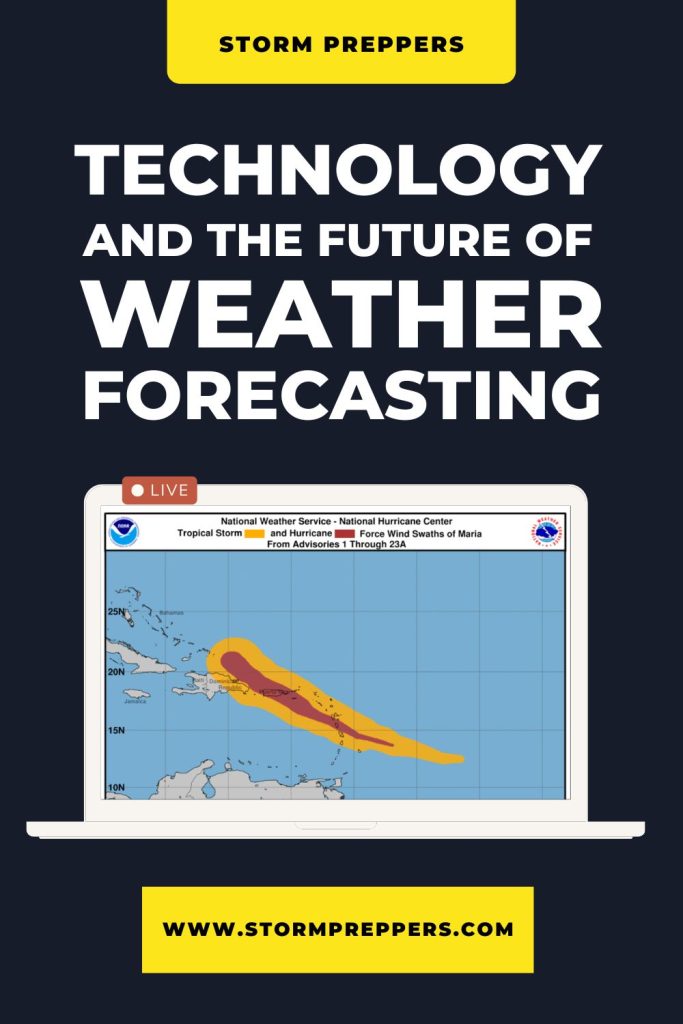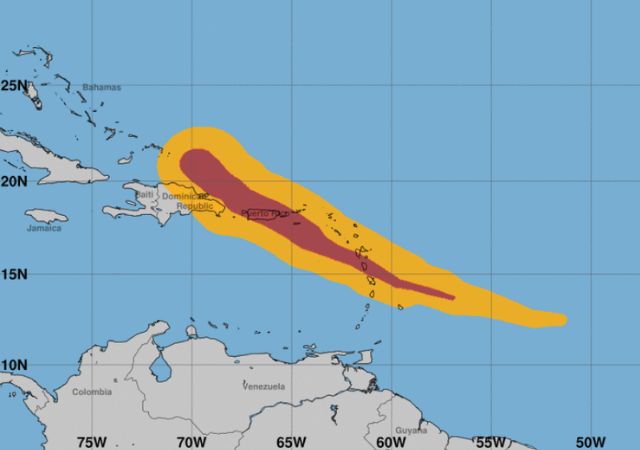Technology is the very future of weather forecasting. Many years ago, people used to make predictions by observing the skies and the direction of the wind. Now, this has been simplified with the use of technology.
The timing of technology advancements is timely because of the huge impact weather has on our lives. Because weather can affect personal, social, business, and economic factors, considerable efforts have been made to improve the accuracy of weather forecasting.
Origins of Weather Forecasting
The principle of weather forecasting emerged from Babylon in 650 BC. It was when Babylonians started to predict the weather using astrology and by observing cloud patterns. In 350 BC, Aristotle described these patterns in Meteorologica, which was later compiled in a book called Book of Signs by Theophrastus.
Elements of Weather Forecasting
In simple terms, weather can be described as a blend of everyday events in our atmosphere. It can be forecasted by analysing primary elements which include as sunlight, wind, temperature, snow and rain. Here are some of the key elements that meteorologists use to predict the weather:
Windspeed and Wind Direction
To determine the current speed and direction of the wind, weather professionals can use anemometers and wind vanes. Traditional anemometers have four cups on a vertical spindle, which spins when the wind blows. There are also handheld anemometers which measure wind speed with a single fan. Wind vanes help us determine where the wind is coming from and provide signs of how the weather will be. Another wind tool which can also be used to measure wind speed is the Beaufort Scale. The Beaufort Scale observe the effects of the wind at sea and on land.
Temperature
Temperature is another parameter that can help us determine the weather. Temperatures are measured using specialist thermometers for either air, grass, concrete, or soil. Weather offices may be equipped with each of these four types of thermometers.
Visibility
During bad weather, visibility decreases substantially and it becomes difficult to see your surroundings. To measure visibility, meteorologists use sensors which measure the meteorological optical range. Visibility sensors are so complex that they can simulate a human’s perception of visibility.
Humidity
The presence of water vapor in the air is known as humidity. And, the greater the amount of water vapor in the air, the higher the humidity. Meteorologists use a hygrometer or two thermometers (a wet and dry bulb thermometers) to measure humidity. To perform a basic wet and dry bulb test on your own, take readings from one thermometer. Then, wrap up the end of the other thermometer using a damp cloth, and take readings. Then, calculate the difference between the temperature readings and check the value on a table with corresponding relative humidity (RH) values.
Rainfall
The rain gauge is the standard instrument for measuring rainfall. There are many types of rain gauges, including the tipping bucket rain gauge, the storage rain gauge and automating rain gauges. Rain gauges consist of a circular collector to catch the rain and a funnel that channels the water into the measurement mechanism.
Atmospheric Pressure
By determining atmospheric pressure, meteorologists can assess the intensity of weather events. Atmospheric pressure is measured with a barometer with a silicon capacitive pressure sensor. To ensure that readings are as accurate as possible, the barometer contains pressure sensors and internal software that checks for differences in readings. Barometric readings are valuable for pilots and weather scientists monitoring tropical storms.
Why Is Weather Forecasting Important
There are many reasons why weather forecasting is important. However, one of the beneficial reasons is that it can inform strategic planning. Weather forecasts enable people and businesses to create plans when poor weather is on the horizon. This information is valuable for sectors such as transportation, agriculture, and forestry.
Transportation
Weather affects the operation and safety of transportation. Driving skills can be weakened when driving in adverse weather conditions. Moreover, there are plenty of accidents occurring due to extreme weather conditions. Weather forecasting can allow transportation entities to create alternative plans, close routes affected by weather events and pre-advise of transportation closures.
Agriculture
Elements such as temperature, precipitation, and humidity have an impact in the agriculture industry. Weather forecasting allows for more precise crop selection, planting, and reaping processes. In the past, farmers made predictions by observing the sky. But with the advancements in technology, they can rely on accurate weather readings.
Forestry
Weather forecasting is crucial for controlling and preventing wildfires and can assist in predicting wildfire occurrences. There are a couple indicators that weather professionals use to assess wildfires. The Haines Index measures the potential impact of dry air on the development of wildfires. The Forest Fire Weather Index (FWI) estimates the risk of wildfire occurrences.
Assessing the Future of Weather Forecasting
Whether it is a forest fire, melting of glaciers, or even high-intensity hurricanes, all can wreak havoc on communities, properties, and lead to the loss of life. For example, the devastating tsunami which occurred in 2004, killed at least 225,000 people and caused almost $10 billion dollars in damage. This unfortunate incident is a straightforward glimpse into the damage that natural disasters can cause.
As a result, there has been more focus on ensuring accurate and timely weather predictions. Upgraded technology and powerful analyses have made it possible to forecast the weather as accurately as possible. However, it can be challenging to be 100% accurate because of the dynamics of the Earth’s atmosphere.
The recent rapid advancements in artificial intelligence, are promising for the advancement of technology and the future of weather forecasting.
References
UK Met Office: How we Measure Wind
UK MET Office: How We Measure Visibility
National Park Service: How We Measure Visibility
UK MET Office: How We Measure Temperature
Royal Meteorological Society’s Met Matters: What is Humidity and How is it Measured?
UK MET Office: How We Measure Rainfall
UK Met Office: How We Measure Atmospheric Pressure
Image: FEMA – National Weather Service Map – Hurricane Maria 2017
Related Posts
- 10 Tools Used to Track Hurricanes
- What to Expect in the 2022 Atlantic Hurricane Season
- 2021 Atlantic Hurricane Season Forecasts and Outlooks
- Year in Review: The 2020 Atlantic Hurricane Season
- 2020 Atlantic Tropical Storm Season Update



